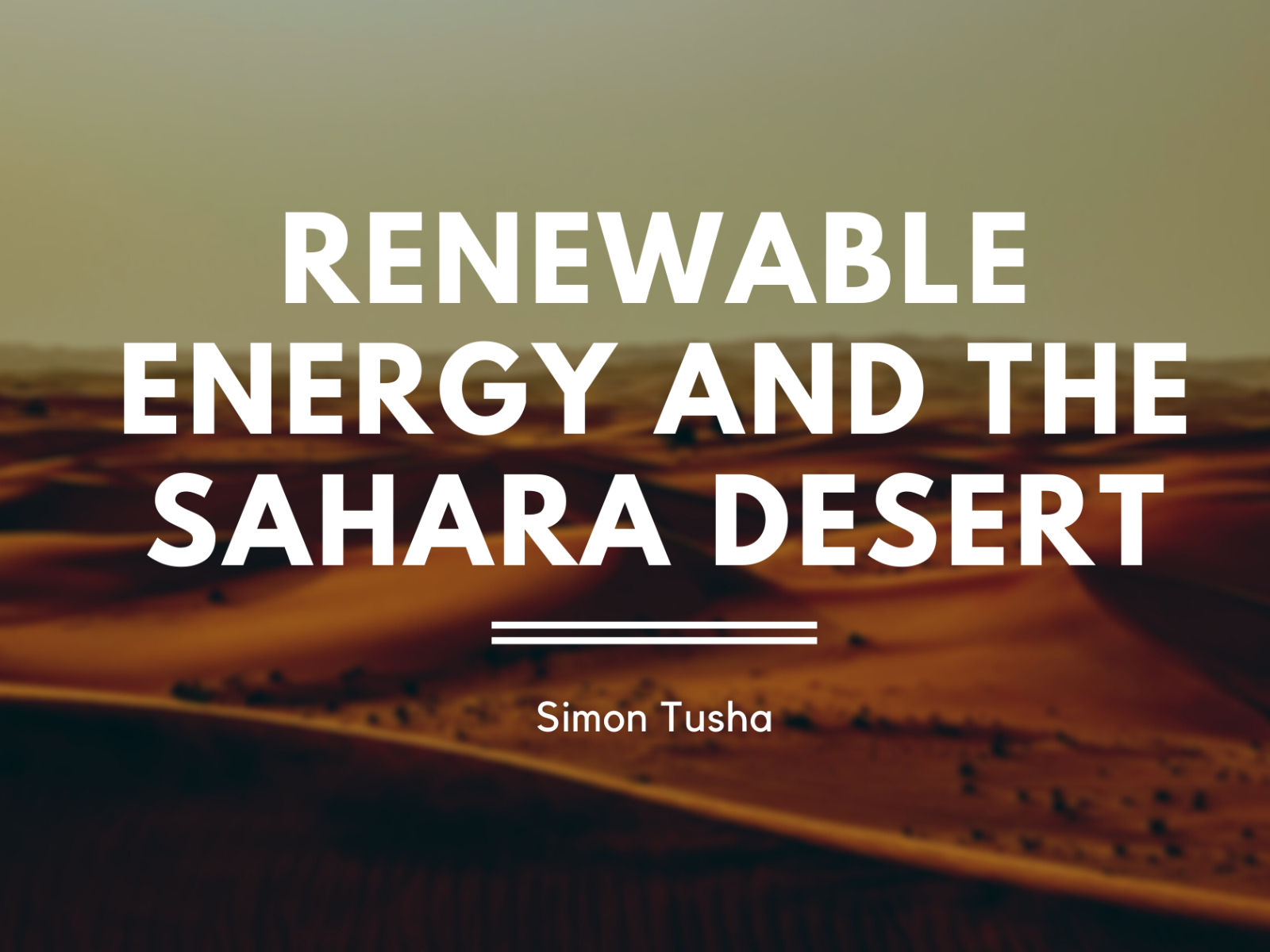Around the world, people seek renewable energy resources that promote a cleaner planet. Solar and wind power continues to top the list of options. Widespread use of solar and wind energy requires immense harvesting facilities. Some experts believe they have the solution, but others have pointed out a potential concern with the latest plans.
Finding Ample Sunlight
A large area with plenty of sunshine and a minimal population may seem rare, but scientists have pinpointed the Sahara Desert as a possibility. The largest desert in the world also has few inhabitants and receives copious amounts of wind and sun. Additionally, the desert sits close to the Middle East and Europe to make it easy to supply the busy areas with energy.
Estimates are staggering for the energy amounts a large-scale wind and solar farm in the Sahara could produce. A current estimation suggests the project could collect more power than the world currently uses, about four times as much.
Improved Plant Growth
Solar panels reflect heat into the environment from the sunlight absorbed. Sand, like that found in the desert, also reflects the heat from the sunlight it absorbs, but the dark solar panels will reflect much more. The reflected heat could increase temperatures locally and react with the cooler air over the nearby oceans. More rain may fall on the region and boost vegetation growth. Eventually, the increased humidity in the Sahara could mean an even larger spread of vegetation.
Potential Harmful Results
More plants in a desert may seem like a positive change, but there are concerns. Saharan dust storms help to spread vital nutrients from the sand into the Atlantic Ocean and the Amazon. The increase in vegetation would reduce or end sandstorms and the spread of these nutrients. Another concern is that areas like the rainforests of the Amazon may experience less rainfall as more falls on the once-barren desert. The increased drought risk could affect vegetation and wildlife throughout the area.
Many scientists believe the benefits outweigh the risks and support experimentation through smaller-scale ventures in desert landscapes. Small-scale wind and solar farms would reveal real-world data about the effects on temperature and rainfall changes. If deemed successful, work could begin on the larger desert farms of the future.
Please login to comment.







